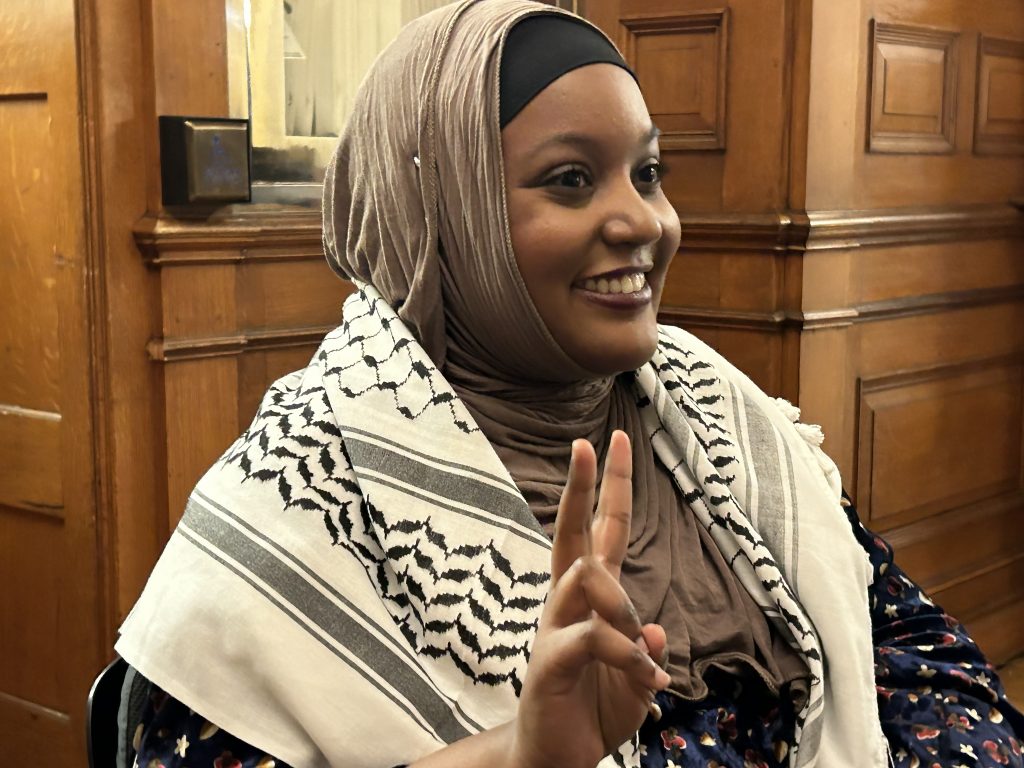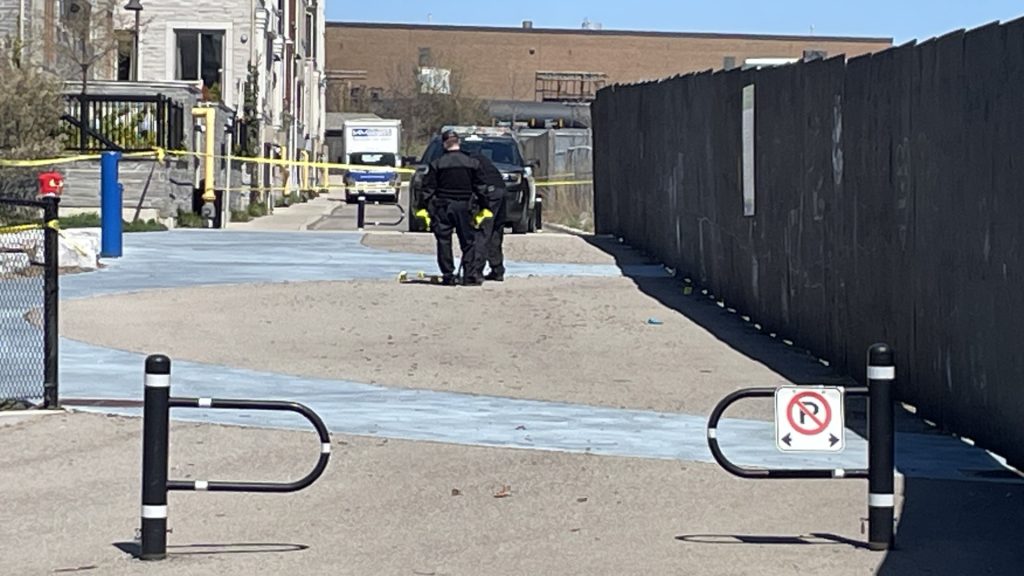Brampton woman’s movements are not signs of life: physicians
Posted October 19, 2017 4:48 pm.
Last Updated October 19, 2017 6:44 pm.
This article is more than 5 years old.
Taquisha McKitty’s movements aren’t signs of consciousness, just spinal reflexes. That’s the message physicians delivered in a Brampton court Thursday where the woman’s family is fighting to keep her alive.
“When you have a critical incident, like Taquisha has, and you enter the world of critical care, it can be difficult to see (the difference between life and death) from the outside,” explained Dr. Andrew Baker, a neurologist brought in by the hospital to offer a second opinion.
About two dozen people sat in an Ontario Superior Court room, listening to arguments about why 27-year-old McKitty is or is not dead. It’s the fourth day in a legal challenge her family filed against Brampton Civic Hospital and Dr. Omar Hayani, the physician who signed her death certificate on Sept. 20.
Since then, McKitty’s been lying in a hospital bed, plugged into a ventilator, moving, bleeding, urinating and digesting food. She’s been doing all of that, but her diagnosis — and legal status — is still deceased.
Her family wants the doctors to revoke her death certificate and they’re looking for a court injunction to stop the hospital from pulling the plug, at least until they can conduct a 72-hour test. They want to videotape her movements so a physician can assess if these are spinal cord reflexes or signs of consciousness.
“The occurrence of movements sometimes causes confusion among caregivers and family members,” Baker told the court. “That’s why we have a qualified physician who is experienced in (determining death) to (evaluate) those movements.”
Baker is one of the authors of Canada’s guidelines for determining brain death, a definition that requires there be no capacity for consciousness, breathing or brain stem functions. He examined McKitty.
“There are spinal reflexes in Taquisha and I saw some,” he said.
Baker argued that spinal reflexes are “inconsequential. They don’t represent any activity in the brain stem or higher.”
McKitty has been moving since being declared dead a month ago. Most literature suggests spinal cord reflexes end 72 hours after death but Barker argued, “There are not papers published on chronic patients — that [means] weeks and weeks — that have been receiving somatic support after being declared brain dead.”
Hugh Scher, counsel for McKitty’s family, argued Baker and other physicians can’t be certain her movements are mere spinal cord reflexes because there isn’t an established, regimented way to determine how those movements are elicited.
Baker disagreed.
“When you assess a patient, that’s what you’re’ doing — you’re deciding whether they respond in a normal way to pain or if it’s a spinal reflex,” he said.
The court heard physicians did not perform a functional MRI — a tool for measuring and mapping brain activity — on McKitty to help determine if the movements signalled consciousness. Baker called it “inconsequential,” adding physicians only need to see blood flow in the brain.
“I don’t think anybody uses functional MRI anywhere in Canada to assess death,“ said Baker.
The stakes are quite literally life and death. McKitty’s family believes she is alive and so does a retired U.S. physician. The hospital and the physicians who’ve treated her believe she is dead — so dead in fact that her movements aren’t even being charted in her files.
The family is expected back in court on Friday.
Related stories:
Family fights to keep woman on life support weeks after she’s declared dead
Family files injunction after doctors declare Brampton woman dead
Ahead of court decision, family of Brampton brain dead woman says she’s moving
Family fights to keep brain dead woman on life support










